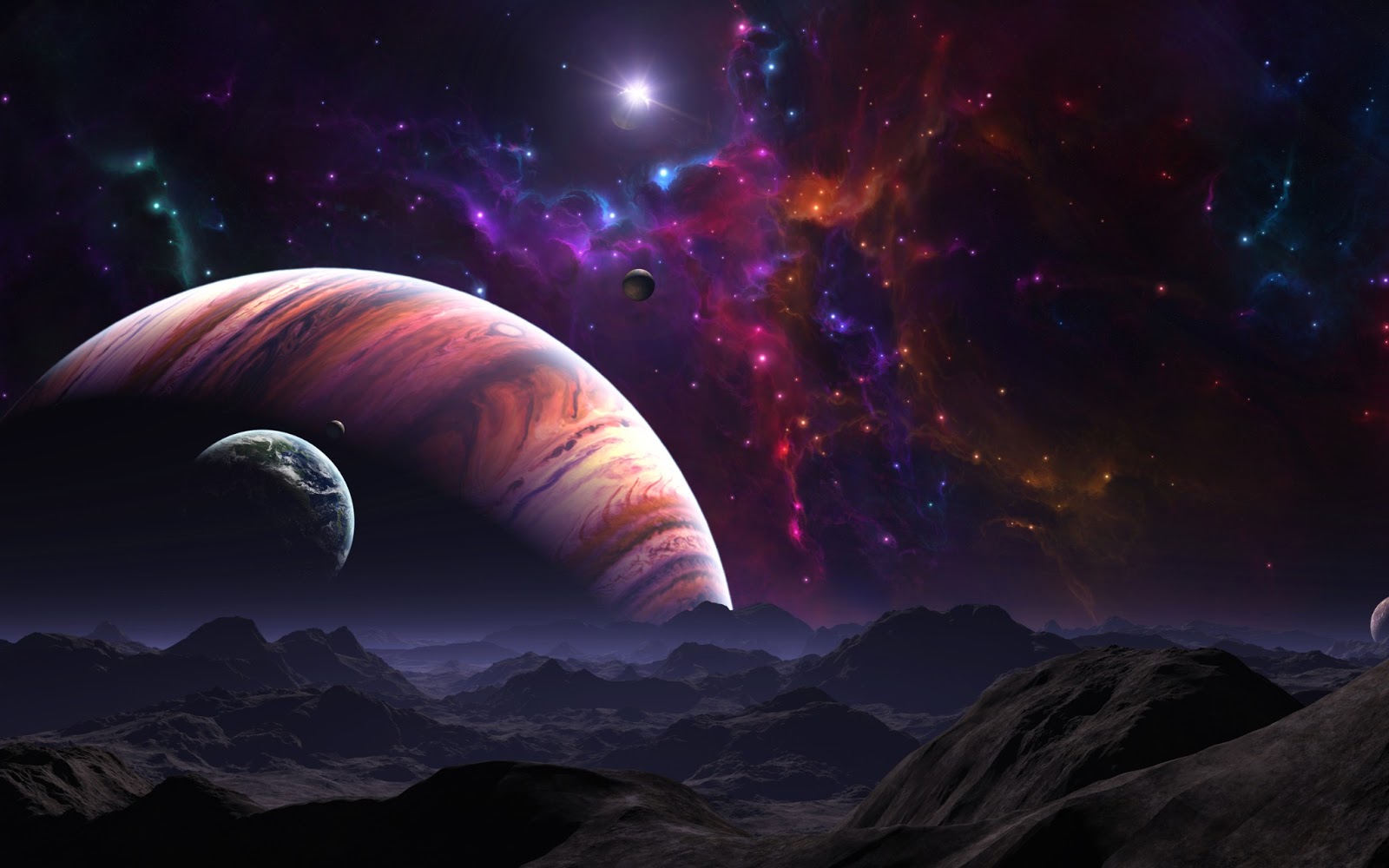| Online: | |
| Visits: | |
| Stories: |
Exomoons may harbour life too!

Move over exoplanets. Moons in close binary solar systems have a better chance of hosting life than those in single-star systems, a thrilling study has shown.
“The two stars calm each other down in terms of activity,” Paul Mason, an astrophysicist at University of Texas, was quoted as saying.
Mason and his team is working to determine which solar systems might be better for hosting potentially habitable moons.
Towards this, he used data collected by NASA’s Kepler spacecraft mission to discover potentially habitable exoplanets in our Milky Way galaxy.
His Mason’s research focuses on pairs of stars that orbit each other between 10 and 60 earth-days, with a planet in orbit around both suns.
These are known as circumbinary systems.
According to Mason, if the sun had a companion star, the makeup of the solar system would change significantly.
The water stripped from the atmosphere of Venus would likely still be present, making it potentially habitable, Astrobiology Magazine quoted Mason as saying.
Source: http://www.ascensionearth2012.org/2014/05/exomoons-may-harbour-life-too.html




